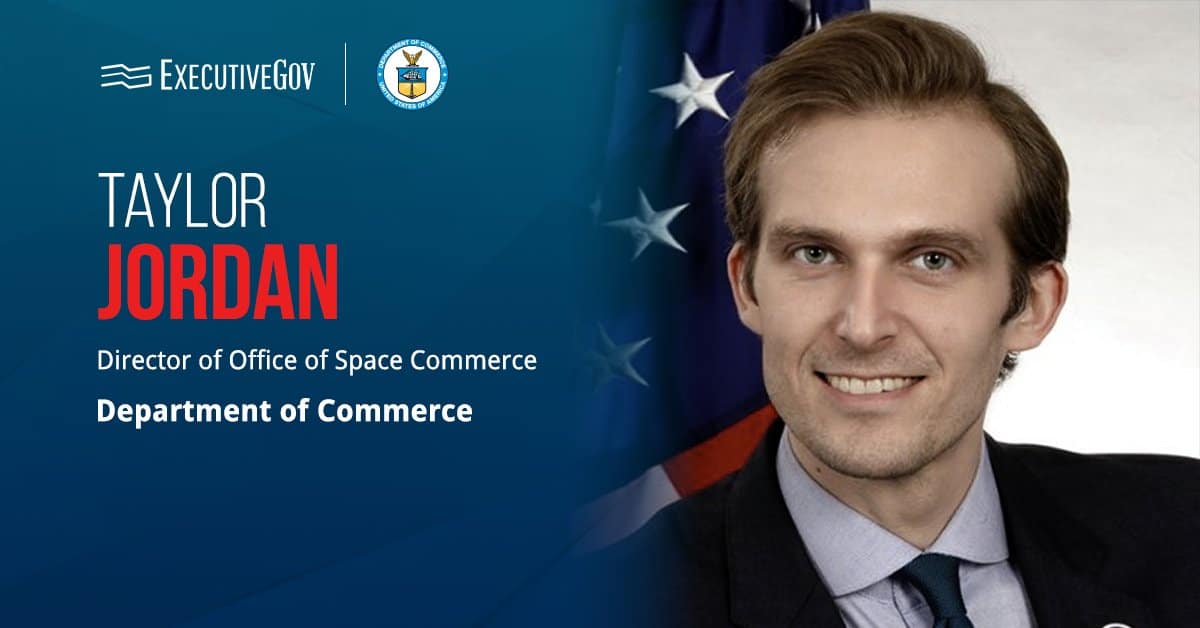The Department of Defense has called for the “disestablishment” of the Joint Capabilities Integration and Development System, or JCIDS, as part of efforts to streamline acquisition and reform the joint requirements process, Breaking Defense reported Friday.
JCIDS is a joint staff process used to identify gaps in military capabilities and validate joint requirements.
Table of Contents
Reforming DOD Joint Requirements Process to Expedite Warfighting Tech Deployment
The move is part of an Aug. 20 memo titled “Reforming the Joint Requirements Process to Accelerate Fielding of Warfighting Capabilities.” In the memo, defense secretary and 2025 Wash100 awardee Pete Hegseth and Steve Feinberg, deputy DOD secretary, outlined a roadmap to help the Pentagon speed up the deployment of new technologies and capabilities.
According to the memo initially published by NewSpace Nexus, the reform’s objectives are streamlining and accelerating the identification of top priority joint force needs; facilitating engagement with industry; and advancing greater integration of requirements determination and resource prioritization to ensure budgeting decisions are focused on the most critical needs.
DOD Plans for JROC & RRAB Establishment
Under the memo, the vice chairman of the Joint Chiefs of Staff, or VCJCS, should immediately direct the Joint Requirements Oversight Council, or JROC, to stop validating component-level requirement documents.
Within 120 days, the VCJCS should reorient JROC as the Pentagon’s single forum for identifying and ranking joint force key operational problems, or KOP, and related capability gaps.
The vice chairman should coordinate with the director of Cost Assessment and Program Evaluation to establish the Requirements and Resourcing Alignment Board, or RRAB, within 120 days.
Each budget cycle, the DOD document directs RRAB to select topics from the top-ranked KOP and nominations from the co-chairs to conduct analysis, release programming guidance and recommend allocation of funding from the Joint Acceleration Reserve. By exception, the board may identify component-specific activity or requirement for termination or modification.





